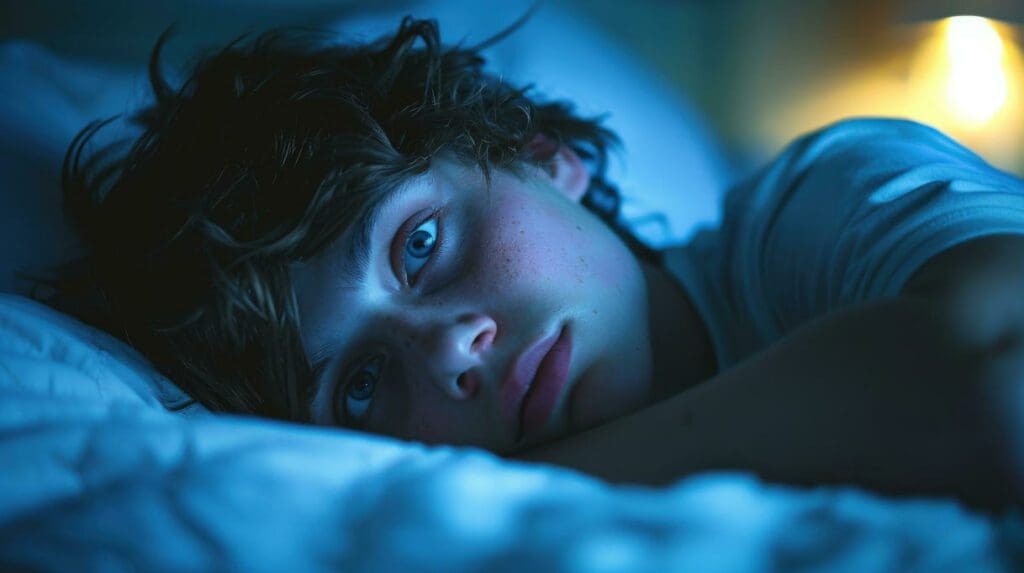
Blue Light Protection and Filters
Computer technology has evolved rapidly worldwide, particularly with the introduction of modern flat LED screens. A side effect of LED technology is the increased emission of Bvlue light, which can strain the eyes.
Although all colours have always been visible on screens, LED displays emit a different spectrum and light frequency, increasing blue light exposure. This can disrupt sleep patterns and affect overall eye comfort. This issue affects all LED-based devices: Tablets, Smart-phones, Computers, and TVs.
As flat screens become more widespread, our exposure to blue light has grown proportionally.
Interestingly, “Blue Light Intensity” can vary even within the same Brand, some Models emit more blue light than others.
In response, Hi-Techs Manufacturers have begun releasing products equipped with Blue Light Reduction Technologies. These aim to lower Blue Light emissions without compromising color quality.
In recent years, new standards such as Germany’s TÜV Rheinland certification and the Eyesafe® display standard have emerged to reduce harmful blue light while maintaining screen performance.
TÜV Rheinland is a global leader in independent inspection services, ensuring quality and safety across technology, products, and services. Founded 147 years ago, it employs over 20,000 people worldwide and promotes sustainability through its work. www.tuv.com
Eyesafe® Technology, used in screens and laptops by LG and Lenovo, sets standards to limit blue light exposure. Developed by a team of eye doctors, engineers, and scientists, Eyesafe® shapes safer device usage and better eye health worldwide.
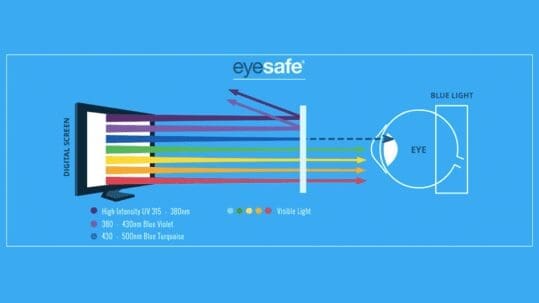
(Eyesafe Technology schema)
New Materials Released
LG has announced the release of the first official TV with built-in blue light reduction. This technology is still very new and remains quite expensive.
Workarounds and Accessories to Reduce Blue Light:
Anti-Blue Light Glasses:
These are typically plastic lenses designed to reduce the amount of blue light perceived by the eyes. You can also ask your optician if they offer glasses with built-in blue light filtering.
Anti-Blue Light Screen Filters:
You can purchase blue light filters separately and manually apply them as a plastic layer to screens on laptops, mobile devices, or TVs. Personally, I believe this is a more effective solution than glasses.
Many Brands produce blue light filters:
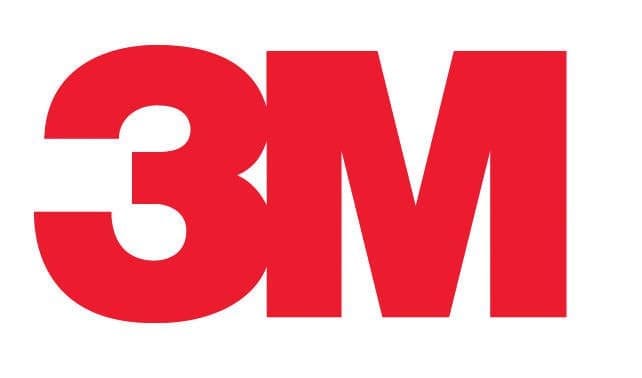

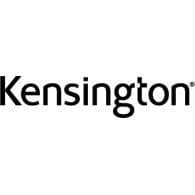
Application Themes and Web Browsers Switching to Dark Mode:
On Firefox, there is a plug-in called “Dark Reader” that helps switch the web browser’s colour scheme to a dark theme, using black backgrounds with white or light-colored text.

Default Application Themes and Blue Light Reduction
Some applications, such as Microsoft Office, now include a built-in dark theme. You can switch the colour theme in Word, Teams, and Outlook to black and white, which may help reduce eye strain.
Flat LED screens emit less blue light and use less energy when displaying black. A pixel showing black produces less blue light than one displaying white. White light contains the full spectrum, including blue light, while black contains none.
Looking back, early computers used simple black-and-white displays. Using a similar scheme today can noticeably reduce eye fatigue.
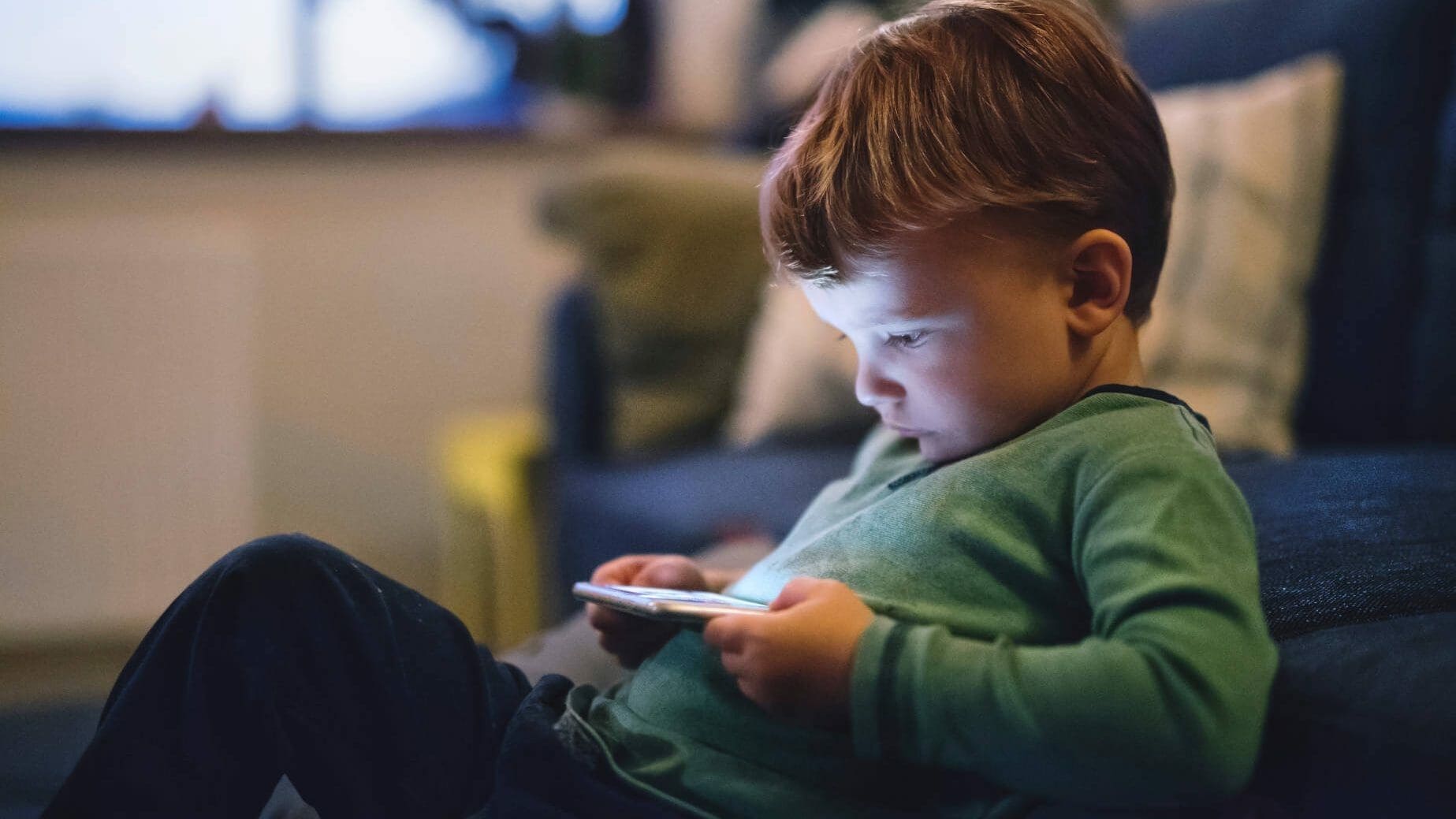
Changing Screen Colors to Warmer Tones
You can also use software to reduce blue light exposure. For example, on Linux, some distributions include a built-in feature called Night Light, which automatically shifts your screen’s colour spectrum towards warmer tones.
This gives your display an orange or amber hue, helping to reduce blue light emission.
Disclaimer:
These methods are temporary workarounds and not always official solutions. Ideally, we should minimise the need for workarounds. Fortunately, some brands are actively researching and developing technologies to reduce blue light exposure.
It is also recommended to visit your optician every one to two years and discuss screen-related eye health with them—they may offer personalised advice on blue light and screen use.
Eye care tip: Many eye care professionals recommend taking breaks every two hours to rest your eyes—commonly known as the 20-20-20 rule.
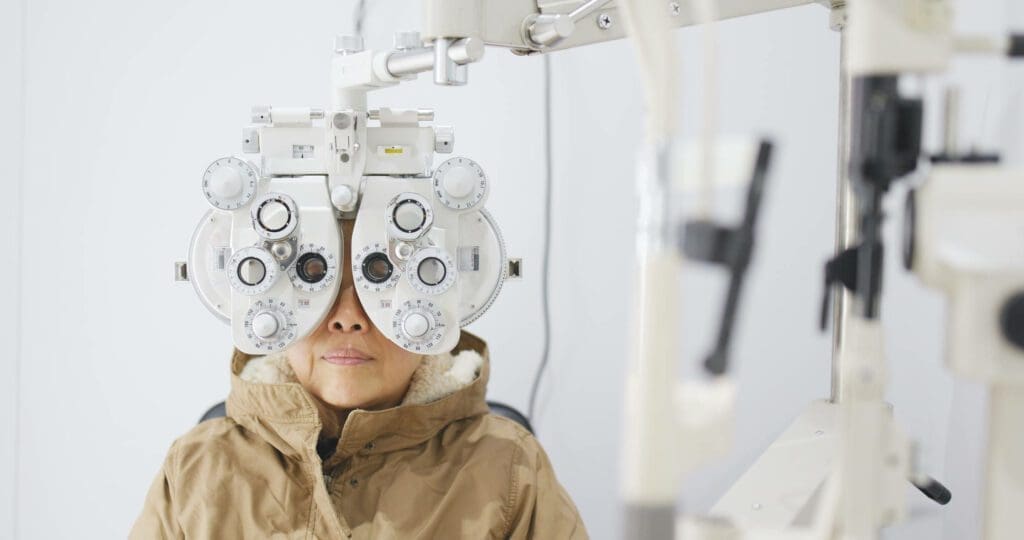
Technology: Trust or Doubt?
Should we trust new high-tech products? It’s natural to have doubts as you learn more. But keep this in mind:
“Science sans conscience égal science de l’inconscience“
Meaning literally :“Science without conscience is the ruin of the soul.”
MC Solaar, La Concubine de l’Hémoglobine
As we often say also:
“Science needs our conscious engagement.“
And also:
“We shape the world we want to live in.“
Just like the invention of the light bulb, early technology is rarely perfect. Thomas Edison’s first bulbs were inefficient and unsafe, whereas today’s LED bulbs are far more advanced, safe, and energy-efficient.
Technology evolves quickly. While investing in new devices can be costly, you can often resell older equipment and purchase second-hand or newer models with improved features.
Don’t fear the pace of technological change; it’s often just part of a natural, gradual process of improvement.ess.
Looking Global Challenges
Global warming is often cited as the biggest challenge of our century (we still have over 80 years to go!).
Computers and information technology will play a vital role in addressing it.
In IT, (Information Technology), we often say:
“Computing is not an end in itself, but a means.“
French Original Version : “L’informatique n’est pas une fin, mais un moyen”
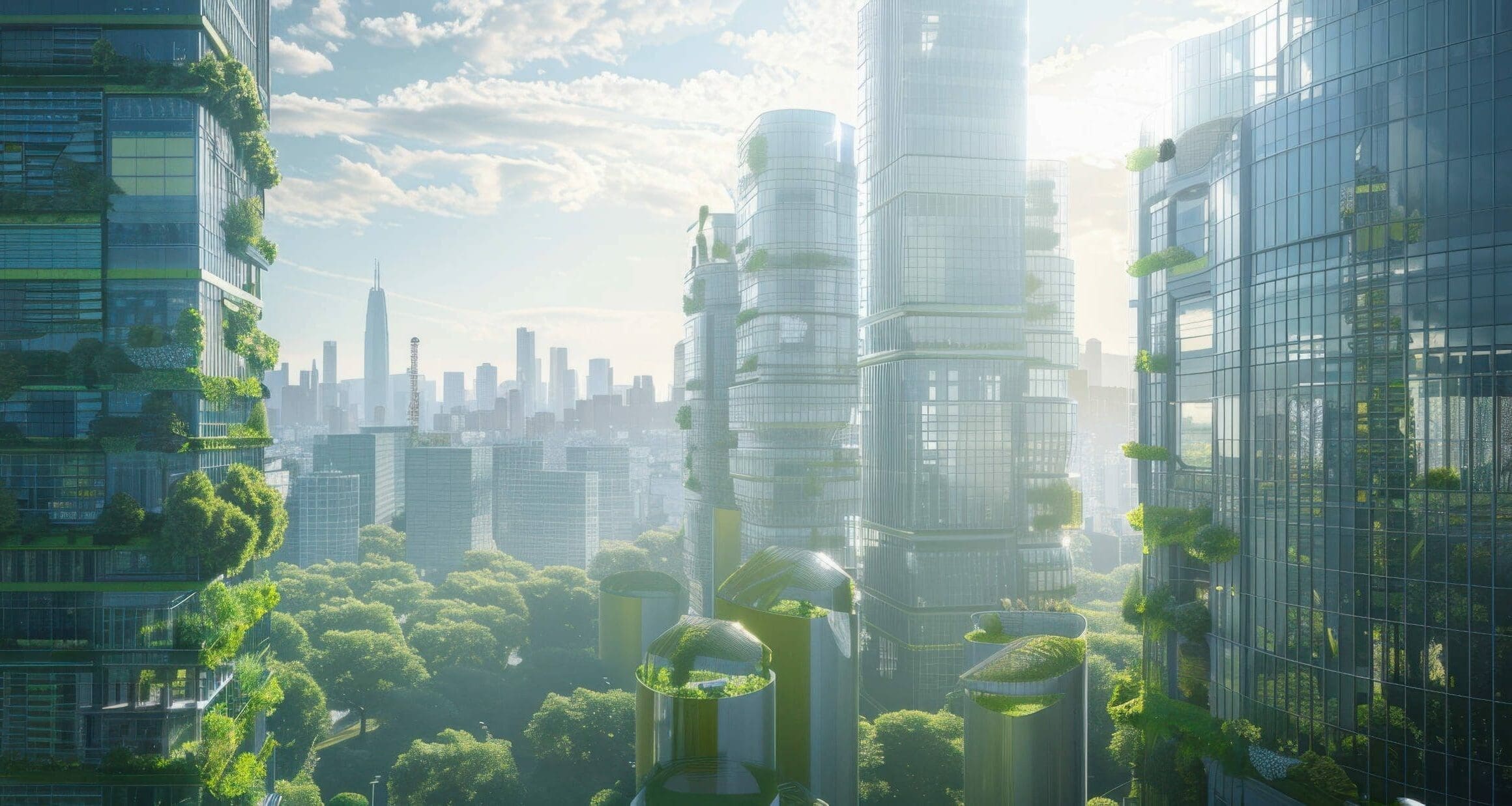
Comments are closed